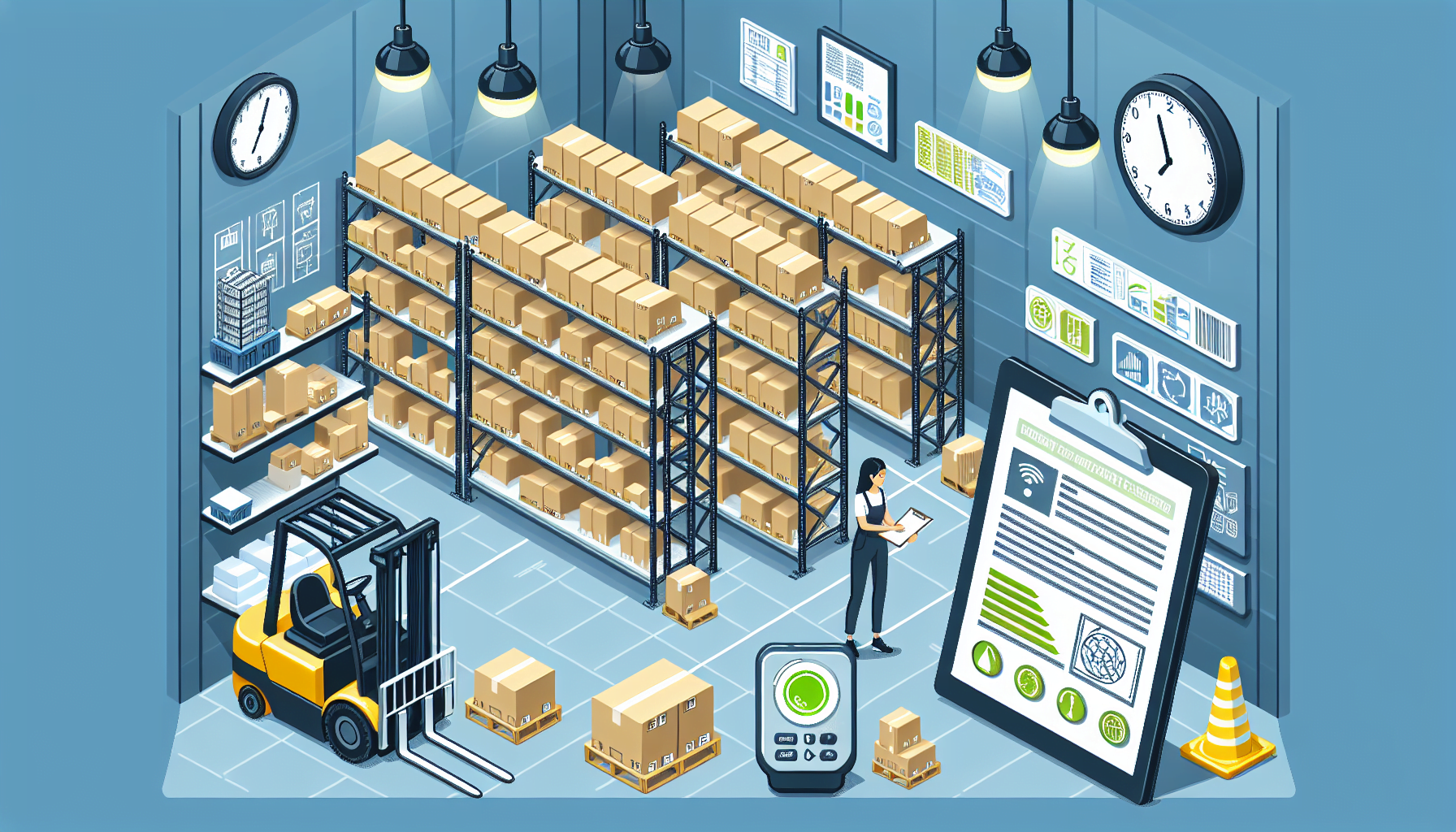Warehouses are the backbone of any supply chain, playing a crucial role in storing, organizing, and distributing goods. In order to maximize efficiency and improve overall performance, warehouse operators need to optimize their layout. By carefully designing the layout of a warehouse, businesses can achieve cost savings, improve productivity, and ensure safety.
The Importance of Warehouse Layout Optimization
An efficient warehouse layout is essential for streamlining operations and reducing costs. It allows for the smooth flow of goods, minimizing the time and effort required to retrieve and process orders. Here are some key benefits of optimizing your warehouse layout:
- Enhanced Productivity: A well-organized warehouse reduces travel time and minimizes the distance between storage areas, workstations, and shipping docks. This improves overall efficiency and enables faster order fulfillment.
- Reduced Labor Costs: With an optimized layout, employees can easily locate items, leading to faster picking and packing. This, in turn, reduces labor costs and increases the productivity of your workforce.
- Improved Safety: A properly designed warehouse layout takes into account safety measures such as clear pathways, designated storage areas for hazardous materials, and adequate lighting. This helps prevent accidents and ensures a safe working environment for employees.
- Optimal Space Utilization: By implementing a strategic layout, businesses can efficiently use the available space in their warehouses. This can result in cost savings, as it reduces the need for additional storage facilities.
Now that we understand the importance of warehouse layout optimization, let’s explore some practical strategies to achieve cost savings:
1. Analyze Existing Layout and Workflow
The first step in optimizing your warehouse layout is to analyze your current setup and workflow. This involves studying the movement of goods, identifying bottlenecks, and assessing the utilization of space. By understanding your current operations, you can identify areas for improvement and make informed decisions about layout changes.
Consider conducting a warehouse cost analysis to gain insights into your current expenses and potential areas for cost savings. HCO Innovations offers a comprehensive warehouse cost analysis service to help businesses uncover hidden costs and optimize their operations.
2. Use Warehouse Management System (WMS)
A Warehouse Management System (WMS) is a software application designed to optimize warehouse operations. It provides real-time visibility into inventory levels, enables efficient order management, and streamlines pick and pack processes. By implementing a WMS, businesses can improve accuracy, minimize errors, and reduce costs associated with manual inventory tracking.
3. Implement ABC Analysis
ABC analysis categorizes inventory based on its value and importance in the supply chain. By classifying items as A, B, or C, businesses can allocate storage space accordingly. High-value and fast-moving items (A) should be easily accessible, while low-value and slow-moving items (C) can be stored in less accessible areas. This optimization strategy saves time and effort, as employees can prioritize their actions based on the importance of the items being handled.
4. Optimize Slotting
Slotting refers to the process of assigning storage locations to products in a warehouse. By strategically organizing products based on their size, popularity, and order frequency, businesses can optimize order picking and improve overall efficiency. Analyzing historical data and implementing slotting optimization methods can result in significant cost savings and productivity gains.
5. Utilize Vertical Space
Many warehouses have limited floor space, making it essential to utilize vertical space efficiently. Installing taller storage racks or mezzanine floors can significantly increase the storage capacity of a warehouse without expanding the physical footprint. By maximizing vertical space, businesses can avoid the need for costly expansions and lease more floor space for revenue-generating activities.
6. Improve Material Handling Equipment
Investing in modern material handling equipment can greatly improve operational efficiency. Automated systems such as conveyor belts, forklifts, and robotic pickers can reduce labor costs, minimize errors, and increase throughput. Choosing the right equipment based on warehouse layout and product characteristics is crucial for achieving cost savings and optimizing operations.
7. Optimize Workflow Design
An optimized warehouse layout should take into account the flow of work from receiving to shipping. Properly designed workflows reduce unnecessary movement and ensure a smooth transition between different areas of the warehouse. By analyzing and improving workflow design, businesses can minimize potential bottlenecks, reduce labor costs, and enhance overall operational efficiency.
Conclusion
An optimized warehouse layout is vital for achieving cost savings and maximizing operational efficiency. By analyzing existing layouts, utilizing warehouse management systems, implementing ABC analysis, optimizing slotting, utilizing vertical space, improving material handling equipment, and optimizing workflow design, businesses can significantly reduce costs and improve overall productivity.
Remember, every warehouse is unique, and what works for one may not work for another. It is crucial to assess your specific needs and seek expert advice. If you’re looking for professional guidance in optimizing your warehouse layout and achieving cost savings, HCO Innovations is here to help. Visit their website at https://www.hcoinnovations.com/ to learn more about their warehouse optimization solutions.

